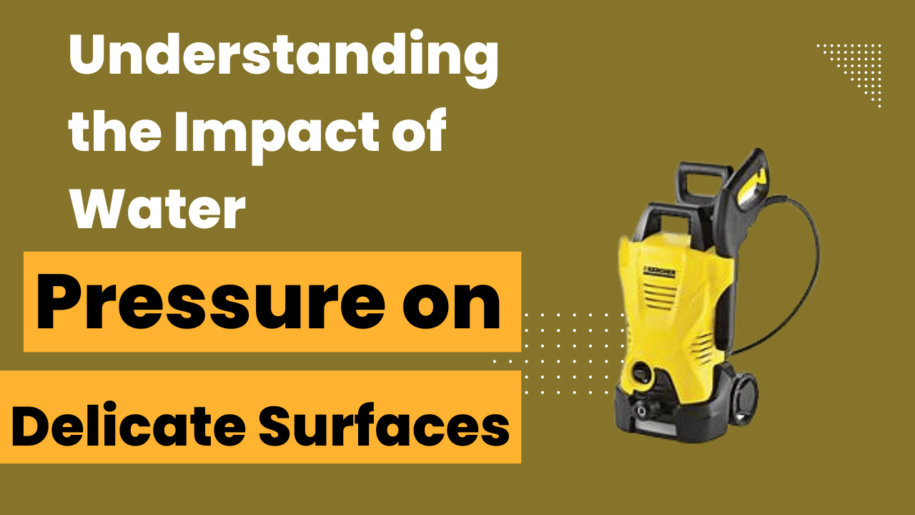
Navigating the use of pressure washers requires a delicate balance, especially when cleaning surfaces that can be easily damaged by high water pressure. While these tools are fantastic for tackling tough dirt and grime, the force they wield needs to be adjusted for more sensitive materials.
This article delves into how water pressure impacts various delicate surfaces and outlines the best practices for cleaning them effectively without causing harm.
What is Water Pressure?
Water pressure, measured in pounds per square inch (PSI), is a key factor in the operation of a pressure washer. It determines the force at which water is expelled from the device, impacting its ability to clean different types of surfaces. High-pressure settings can effectively clean hard surfaces like concrete and metal, but when it comes to delicate surfaces, a lower PSI is crucial to avoid damage.
Delicate Surfaces and Their Care
Delicate surfaces, such as wood, certain types of siding, and vehicles, require careful handling when it comes to pressure washing. Let’s delve into how water pressure impacts these surfaces and the best practices for cleaning them:
Wooden Surfaces: Wooden decks, furniture, and sidings can easily be damaged by high water pressure. Excessive force can strip away paint, damage the wood’s surface, and even cause splintering. To clean wood safely, it’s recommended to use a lower PSI and hold the nozzle at a sufficient distance to gently wash away dirt without causing harm.
Vehicles: Cars, motorcycles, and bicycles can benefit from pressure washing for a thorough clean. However, too much pressure can strip paint, damage decals, and force water into sensitive areas. Using a gentle setting and a proper nozzle can help avoid these issues, leaving your vehicle sparkling without unintended damage.
Vinyl Siding: While vinyl siding is relatively durable, it can be susceptible to warping or denting under high pressure. Furthermore, aggressive washing can force water behind the siding, leading to moisture problems. A soft wash method, which combines low pressure with specialized cleaning solutions, is ideal for these surfaces.
Garden Furniture and Decor: Outdoor furniture and decorations made of plastic, rattan, or soft wood are vulnerable to pressure washer damage. A soft wash technique is also advisable here, ensuring that items are cleaned without being ruined.
Best Practices for Safe Cleaning
- Choose the Right Nozzle: Pressure washers come with various nozzles for different pressure levels. Choosing a wider-angle nozzle can help disperse pressure over a larger area, reducing the risk of damage.
- Test in an Inconspicuous Area: Before starting, test the pressure washer on a small, hidden area of the surface to ensure it doesn’t cause damage.
- Keep a Safe Distance: Adjusting the distance between the nozzle and the surface can help manage the pressure’s impact. Start further away, gradually moving closer as needed, without getting too close.
- Consult the Manual: Always refer to the manufacturer’s guidelines for both the pressure washer and the surface material. These guidelines are invaluable for preventing damage.
Conclusion
Understanding the impact of water pressure on delicate surfaces is crucial for anyone using a pressure washer. By selecting the appropriate settings and handling the equipment with care, it’s possible to clean effectively without causing harm.
Remember, the goal of pressure washing is to preserve and clean your property, not to damage it. With the right knowledge and techniques, you can ensure that every surface receives the care it deserves.
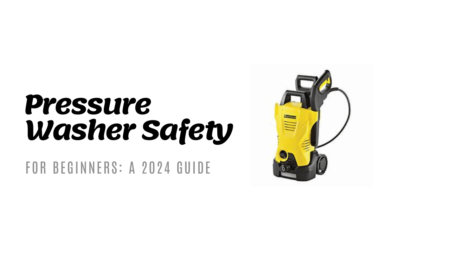
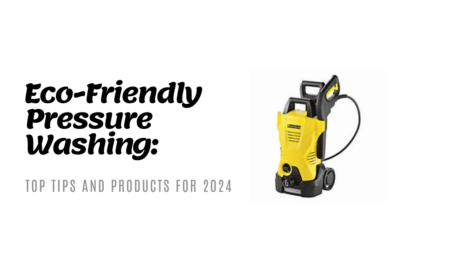
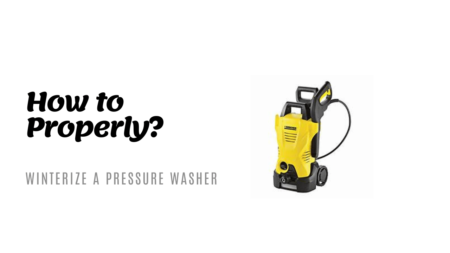
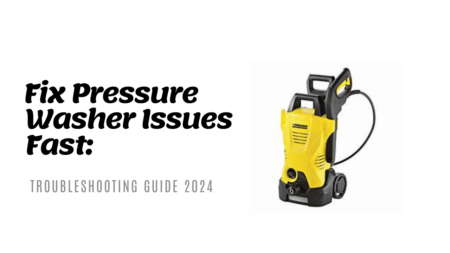
![Pressure Washing Regulations: What You Need to Know [Updated 2024]](https://pressurwasher.com/wp-content/uploads/2024/05/Minimalist-Tutorial-Event-YouTube-Thumbnail-2024-05-31T224409.854-450x253.png)
![Ultimate Guide to Pressure Washer Maintenance [2024 Edition]](https://pressurwasher.com/wp-content/uploads/2024/05/Minimalist-Tutorial-Event-YouTube-Thumbnail-2024-05-30T230638.695-450x253.png)